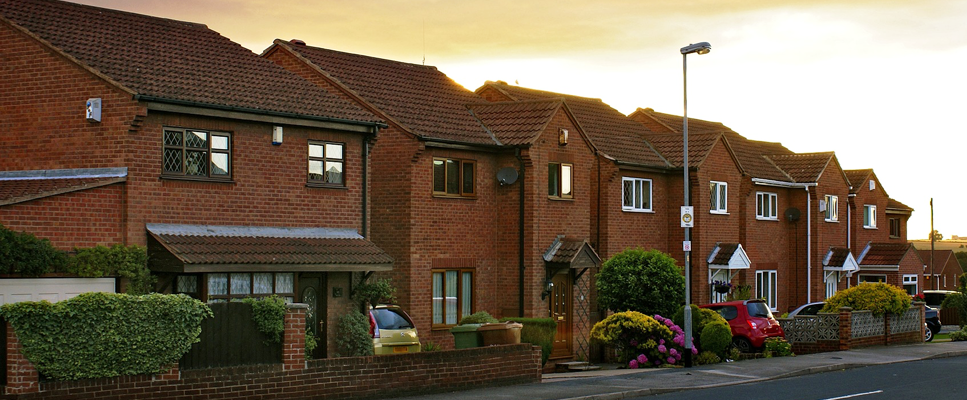

The Current Rental Market – Things On The Up For Landlords
Things look positive for landlords
We sat down with Andrew Fretwell from the Eastern Landlords Association and discuss current trends in the market, what this means for landlords and whether the current supply can meet the demand of renters.
Rents are rising fastest in the north east and the south west amid high levels of tenant demand and a shortage of homes to rent. Rents outside London are rising at their fastest pace for four-and-a-half years boosted by strong tenant demand as lockdown eases and offices reopen. The average cost of renting a home in the UK outside London rose by 3% year-on-year in the first three months of 2021 to stand at £780 per month. Meanwhile, in London, rents were down 9.4% compared with a year earlier. The high levels of demand from tenants, combined with a shortage of rental homes, meant the average property took just 16 days to let, according to Zoopla’s latest Rental Market Report.
What's happening to rental yields?
Rental growth hit a 10-year high in the north east, south west, East Midlands and Wales. The north east, which is one of the most affordable rental markets in the UK, saw the strongest increase, with rents 5.5% higher in the first three months of the year than they had been a year earlier. Rents in the region typically account for 22% of tenants’ income, compared with a UK average of 32%. At a city level, those in the north where renting remains more affordable, saw the biggest rent increases. Newcastle led the way with average rents rising by 5% year-on-year, followed by Sheffield at 4.7%, Glasgow and Liverpool both at 4.1%, and Belfast at 3.8%. The average cost of renting a home in all of the top five cities that saw the biggest increases was £665 a month or less.
What is tenant demand like?
Demand for homes to rent was 59% higher in April than it was for the month in the more ‘normal’ markets between 2017 and 2019. Outside of London, demand was also 32% higher than it had been in the same period of 2020. As is the case with buyers, tenants are looking for more space, with the number of people searching for a property with access to a garden or with its own outdoor space doubling year-on-year. This shift is creating additional levels of demand, with an increasing number of people choosing to move, rather than extend their lease.
Are the supply of rental homes meeting the demand?
The supply of homes to rent in most areas is failing to keep pace with demand. The number of new rental properties coming onto the market outside London was 5% lower during the first three months of the year than it had been in the same period of last year. This trend is being driven by several factors. Firstly, fewer tenants are making the move out of the rental sector and into homeownership, partly due to affordability constraints and partly due to a reluctance to make large investment decisions during the pandemic, putting further pressure on the supply of homes to rent. At the same time, investment into the private rental market, usually made by buy-to-let landlords, has failed to regain the level seen in 2015, when the 3% stamp duty surcharge was introduced.
Get a Mortgage Quote
Advice that’s tailored to your own bespoke situation.
Enter your contact details and we’ll contact you back within 1 hour (during normal business hours).

No Broker Fee*
Let Vincent Burch Mortgage Services arrange the best mortgage available for your circumstances.
To request a phone call from one of our advisors, please submit your details above and we will contact you at the earliest possible time.